Perfecting the legal framework for preventive medicine
In recent years, our country's preventive health system has developed a lot, however, it has not yet met the health care needs of the people. Preventive health care is always considered the core force responsible for "guarding the gate" to prevent epidemics, but it is difficult to assume the assigned responsibility.
Evidence is the severe and prolonged shortage of vaccines in the Expanded Immunization Program in 2023 and 2024, which has caused a gap in community immunity, causing many epidemics to break out strongly. Every year, Vietnam has millions of people suffering from preventable diseases such as tuberculosis, malaria, viral hepatitis, SARS, influenza, HIV/AIDS... Lessons from the Covid-19 epidemic, or most recently, emerging epidemics such as monkey pox, H5N1 avian influenza... entering our country show the importance of the preventive health system.
According to Dr. Hoang Minh Duc, Director of the Department of Disease Prevention, Ministry of Health, the preventive medicine system is facing certain difficulties, including legal gaps, problems in current legal documents regarding the use of new preventive solutions such as medical biological products, which are also limitations in the issue of preventing infectious diseases. After 18 years of implementation, the Law on Prevention and Control of Infectious Diseases has revealed many shortcomings, no longer suitable for the practical situation of society. The investment strategy for preventive medicine needs to prioritize focusing on "patching" these gaps, to pave the way for policies and regulations on preventive medicine to be implemented and put into practice.
Therefore, the Ministry of Health has proposed to develop a new Law on Disease Prevention, aiming to overcome these shortcomings and create a solid legal corridor for a comprehensive health system, aiming to improve people's quality of life.
Preventive medicine is weak and lacking in human resources and facilities.
Currently, Vietnam's preventive medicine network consists of 7 central-level specialized institutes. These institutes undertake specialized tasks such as disease surveillance; research on health risk factors; direct the level, provide medical services; conduct scientific research and training. However, according to health experts, there is still overlap between the epidemiological surveillance and risk factor surveillance activities of specialized institutes and the Center for Disease Control. It is worth mentioning that while there is overlap at the upper level, at the lower level, the preventive medicine system is weak and lacking in human resources and facilities.
Resolution No. 18/2008/QH12 of the National Assembly in 2008 stated that at least 30% of the health budget should be allocated to preventive medicine. Resolution No. 20-NQ/TW of 2017 on strengthening the protection, care and improvement of people's health in the new situation, proposed solutions to innovate health finance, in which priority is given to budget allocation, ensuring that the growth rate of health expenditure is higher than the growth rate of state budget expenditure. However, currently, the proportion of expenditure on preventive medicine in the total state budget expenditure on health in localities, although increasing gradually over the years, has not yet reached 30%, so it is not possible to ensure the effective implementation of preventive medicine activities.
According to the Ministry of Health, currently up to 50% of the Preventive Medicine Centers in the provinces need to be upgraded, repaired and newly built. In many places, the laboratory system is outdated, lacking the minimum equipment, and most tests have to rely on local hospitals. Although funding for preventive medicine activities has been given attention, it is still insufficient compared to actual needs. The funding source to maintain non-communicable disease management activities mainly comes from programs, projects, and local budgets are very limited, unstable and late, which has greatly affected the implementation of assigned targets and plans.
Currently, the medical human resources in many places are still quite modest compared to the people's need for medical examination and treatment. Doctors and nurses have to work in conditions lacking in facilities, so it is difficult for medical centers to attract qualified human resources, especially in remote areas, areas with many difficulties, mountainous areas, border areas, and islands.
Regarding the project to build the National Target Program on health care, population and development for the period 2026-2035, the Prime Minister requested to add content on caring for and protecting people's lives and health with specific goals, improving preventive health capacity, and sending 1,000 more doctors and medical staff to the grassroots level this year. This is the direction of the Prime Minister at the meeting of the Government Standing Committee and the Government Party Committee Standing Committee with the Ministry of Education and Training, the Ministry of Health on important drafts and projects to be submitted to the Politburo on March 25, 2025.
Prepare preventive medicine and primary health care human resources when district level is abolished
In recent years, the Government and the Ministry of Health have had many policies and projects to attract doctors to work in mountainous areas, contributing to improving the quality of health care for people at the grassroots level. In particular, the project "Piloting young volunteer doctors to work in mountainous, remote, border, island and areas with particularly difficult socio-economic conditions" according to Decision No. 585/QD-BYT of the Ministry of Health, implemented since 2017, has contributed to improving the quality of health care for people at the grassroots level.
According to Associate Professor, Dr. Nguyen Tuan Hung - Deputy Director of the Department of Personnel Organization, Ministry of Health, Deputy Director of Project 585, by 2020, after 8 years of implementation, Project 585 has completed phase 1 with practical results, adding more than 350 doctors to poor districts in 22 mountainous provinces in the North, Central and Central Highlands. This is a project that has created a breakthrough for the health sector in ensuring a sufficient number of highly qualified human resources in mountainous provinces, creating conditions for people in poor districts to access good quality medical services, limiting the situation of referrals for treatment, contributing to reducing the burden on upper-level hospitals, saving time and costs for patients. However, when implementing phase II of the project, the Ministry of Health encountered difficulties in budget issues.
Project 585 of the Ministry of Health targets two groups of people: First, regular doctors who have graduated and registered to volunteer to work in poor districts; second, regular doctors at provincial and district health service units in areas with difficult socio-economic conditions, participating in the Project in the form of being sent for specialized training at central hospitals for 24 consecutive months, after returning to their localities, they commit to working at the sending facility for a minimum of 5 years.
Doctor Lo Van Tinh, currently working at Dien Bien Dong District Medical Center, Dien Bien Province, is one of the first doctors in the district to participate in Project 585. Doctor Tinh said that after being trained in Surgery at Hanoi Medical University, returning to his locality, he was able to work with his colleagues to deploy all services assigned to the level 3 hospital and some services beyond the level such as gallbladder surgery, femur surgery, etc. The project's doctors have helped people access specialized medical care right in their locality, reducing the burden of costs of going beyond the level.
To date, Project 585 has been implemented for 11 years, with results far exceeding initial expectations. However, to gradually change the face and improve the quality of primary health care in particularly difficult areas, Project 585 needs continued attention and investment from the State to turn this pilot project into a policy.
In the context of administrative boundary arrangement, the abolition of the district level will likely create changes in the health system, which requires the health sector to prepare human resources for the grassroots health sector. The legal framework for preventive medicine should be completed soon, creating conditions to attract human resources for grassroots health, ensuring health care for the people in the new situation.
In order to attract and maintain a team of doctors, pharmacists, and nurses, especially those with university degrees or higher, to work at grassroots health care facilities and in the field of preventive medicine in localities, and to solve human resource difficulties, improving remuneration, including preferential allowances according to the profession, is an urgent issue. Regarding this issue, the Ministry of Health is urgently drafting a Decree regulating a number of allowances for medical staff, expected to be submitted to the Government in June 2025.
Source: https://nhandan.vn/chuan-bi-nguon-nhan-luc-y-te-du-phong-khi-bo-cap-huyen-post869429.html





![[Photo] Overcoming all difficulties, speeding up construction progress of Hoa Binh Hydropower Plant Expansion Project](https://vstatic.vietnam.vn/vietnam/resource/IMAGE/2025/4/12/bff04b551e98484c84d74c8faa3526e0)

![[Photo] Closing of the 11th Conference of the 13th Central Committee of the Communist Party of Vietnam](https://vstatic.vietnam.vn/vietnam/resource/IMAGE/2025/4/12/114b57fe6e9b4814a5ddfacf6dfe5b7f)
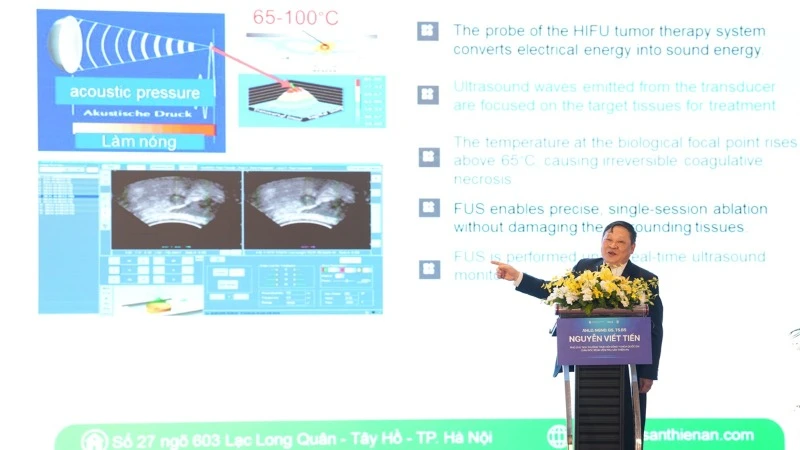
![[Video] First time in Vietnam: Successful implantation of 3rd generation partial artificial heart](https://vstatic.vietnam.vn/vietnam/resource/IMAGE/2025/4/12/8817412224094c68ba2c744b7bd5cfea)



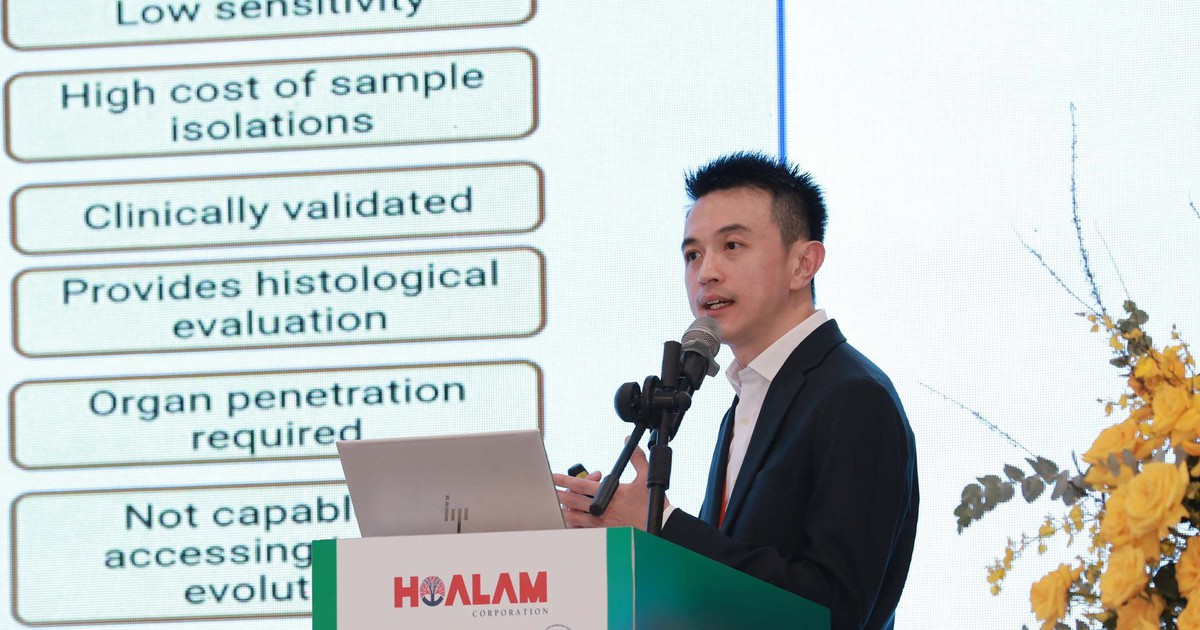



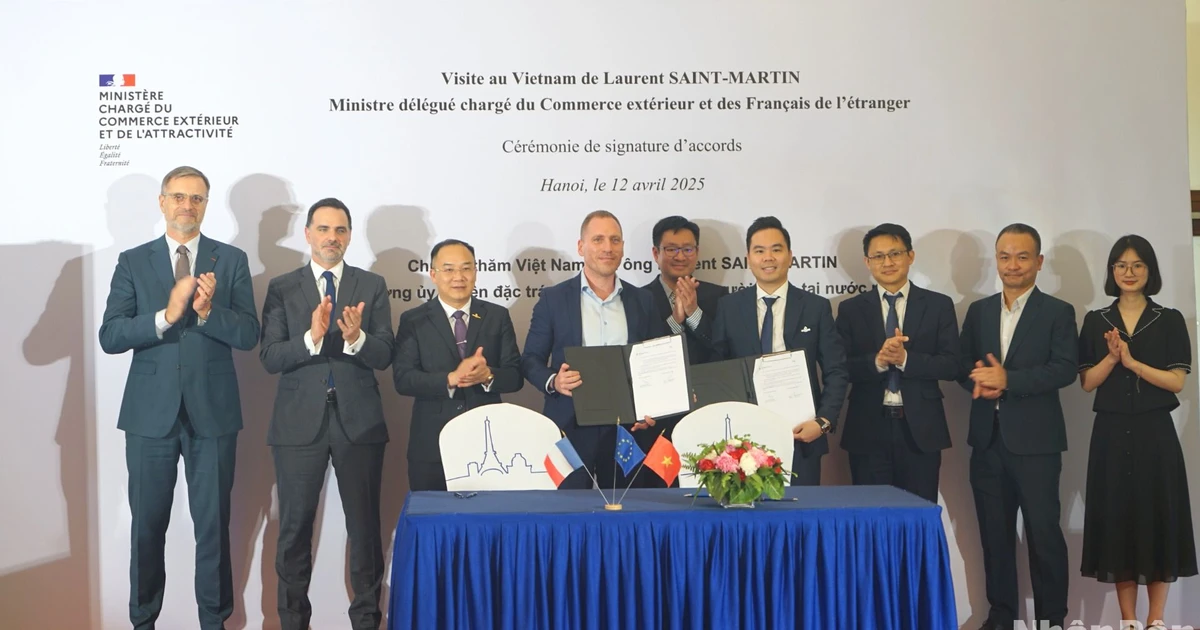


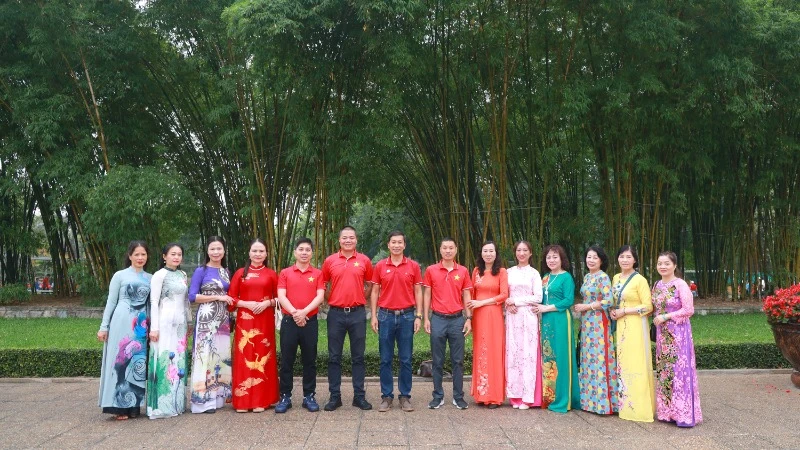

















































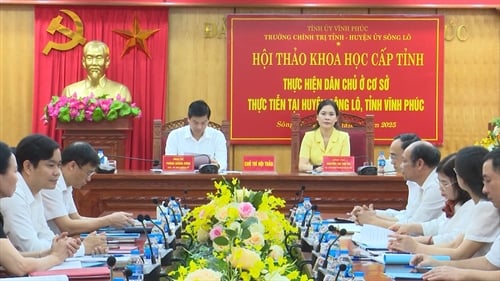

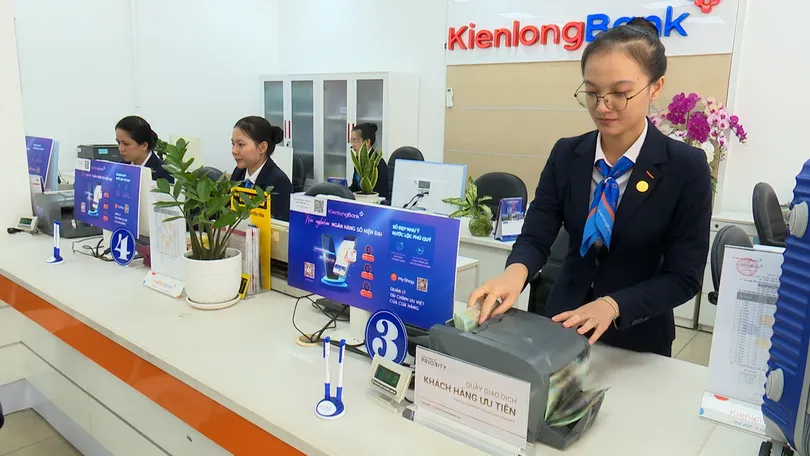
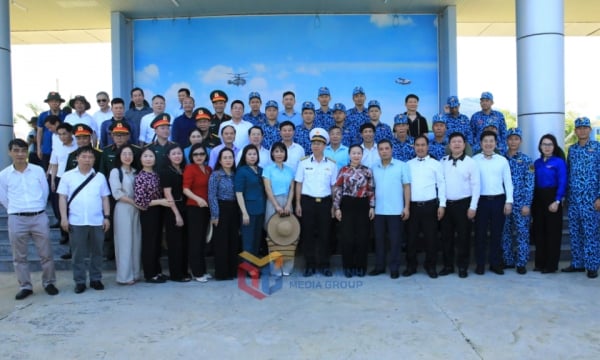
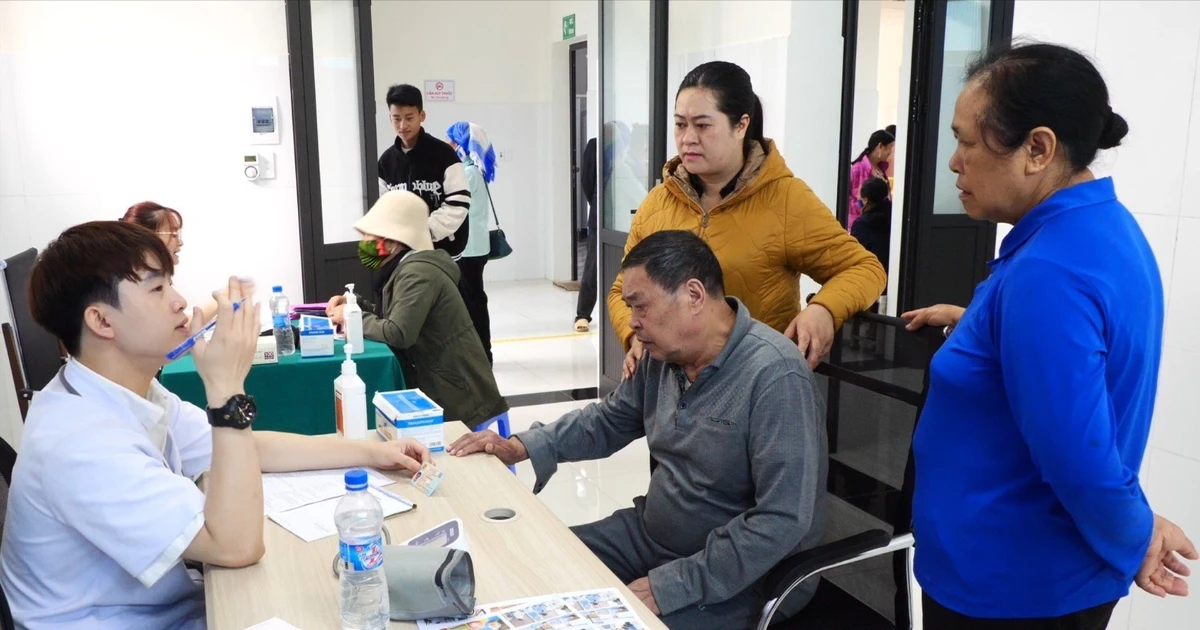












Comment (0)